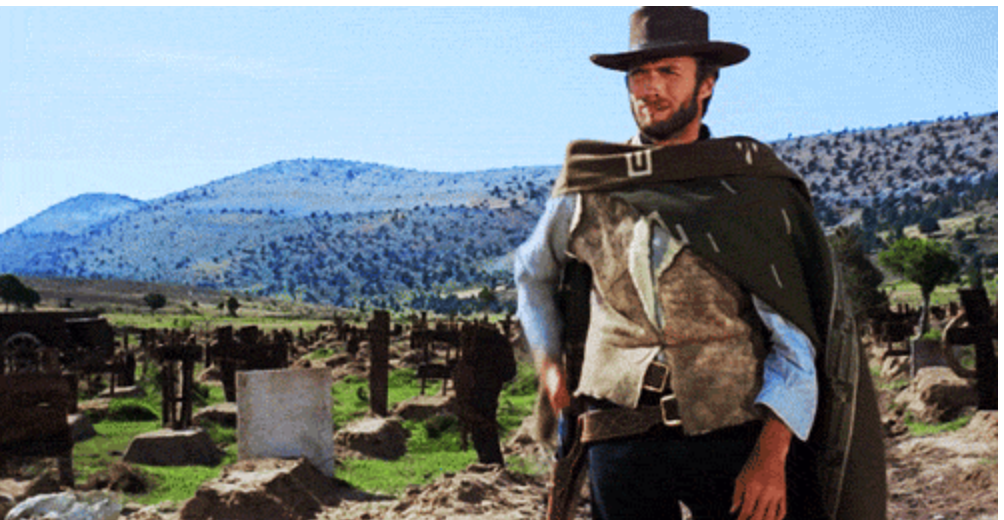We tackled the reasons why you should go programmatic on your media buying, but given the rise to infamy of both real time bidding and programmatic media buying, we also thought to give you a roundup of what to expect.
Here are some of the general good, bad, and ugly facets of RTB and programmatic from Digital Banner Production:
The Good
From the onset and up to the time of this writing, there are at least two major positive factors that we can attribute to RTB and programmatic, especially. These two things are how these technologies leverage “Big Data” and how they shift marketing strategy from media-driven strategy to audience-based strategy.
RTB and Programmatic Buying Makes “Big Data” Actionable
Big Data is a proliferate buzzword given its promise and potential, but what we should really be concerned about is what we can do using Big Data – or indeed, if we can do anything at all. Big Data is the accumulation of excessive information offered up in one big glob dripping with important data but in itself unable to provide the steady stream of relevant information marketers, media, and publishers require. RTB and programmatic media buying, with their algorithmic approach to data sorting and the application of behavioral skew in the case of programmatic, makes actionable sense out of the chaos that is Big Data. RTB and programmatic hold the key to turning Big Data from an impressive but nonetheless useless clump of information to actionable intelligence.
Audience strategy (Dynamic Remarketing)
Both RTB and programmatic are heavy on using retargeting and impressions taken from the audiences to which the Effective Ads they are trading will be presented to. This has given rise to “audience strategy,” an approach to marketing that in contrast to media strategy actually takes a look at what the audience does, and then considers the media appropriate for the audience. The impact of the strategy shift is dramatic. The efficacy on CPM – an increasingly valuable KPI for many businesses – is drastic, and as developments continue, we can expect more good news in the near future.
The Bad
Of course, there are two sides to one coin. What are the possible negative facets of RTB and programmatic?
Attribution Models are Limited
And by limited, we mean that the attribution models develop, but in its own constricted space. The attribution models used by RTB and programmatic buying are tantalizing for companies using these technologies, and they heavily favor the technologies that they support. For instance, since RTB and programmatic attribution models prioritize lowering CPM, it doesn’t exactly focus on other information pertinent to a purchase, such as top-funnel activity, word of mouth, and maybe not as much of viewability as we’d all like.
Driving Predilected Sales, Not New Sales
Since RTB and programmatic deliver targeted and retargeted Responsive Ads , they basically display the bid-winning ads to audiences already predisposed to purchasing. This means predilected sales are bolstered, but sales from incoming new customers are not really focused on.
Fortunately, these “bad” sides to RTB and programmatic are more like road bumps than insurmountable obstacles. They’re natural to any fledgling marketing technology, however major and potentially dominating, and there will naturally be ways to either tackle them head on or circumvent them. Any ideas yet?
The Ugly
Okay, so maybe we’re exaggerating. These facets of RTB and programmatic aren’t really “ugly” as much as they are “uncertain”. They can go either way, and it’s the task of the people in the industry to make sure they go the right way.
Fluid, Dynamic Environment
Digital Banner Production Agency says that New technologies will always fluctuate on a fluid, dynamic environment where change is the bedfellow. While this might be bad news for the delicate balance between the demand and supply chains of agencies and publishers, as the situation stabilizes, everyone will eventually figure out we’re on the same team and stop playing tug of war.
Well, realistically the competition can be genuinely healthy, but not when demand is waiting for supply and vice versa. As the RTB and programmatic scene develops, however, the dynamic landscape will soon settle down and if we do it right, for the better.
Multichannel – New in Some Channels, Multichannel Use Limited
Since everything is pretty brand spanking new, multichannel use for RTB and programmatic is limited. Right now display leads the way, but mobile is starting to adopt the same technologies and acronyms that accompany programmatic. Will we push for greater multichannel range for RTB and programmatic media buy or should we settle for display on PC and mobile?
Where do we stand on the good, the bad, and the ugly of RTB and programmatic media buy? Will they stay as they are? Change for the better?





